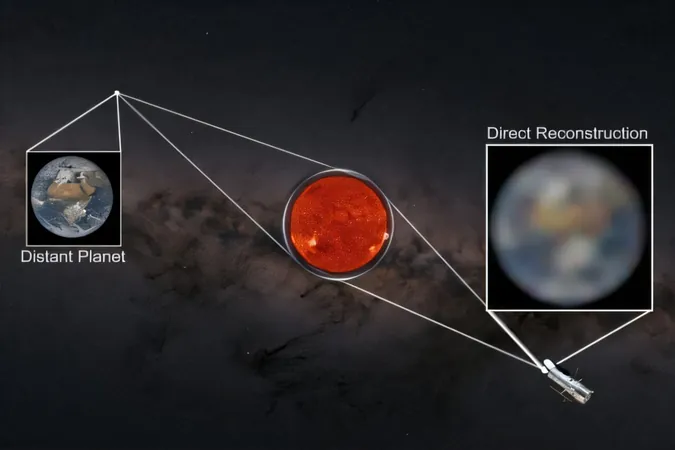
Unlocking the Secrets of Exoplanets: Solar Gravitational Lens Telescope Emerges as the Ultimate Solution
2025-07-14
Author: Olivia
A Revolutionary Approach to Exoplanet Imaging
In a groundbreaking new study, Dr. Slava Turyshev posits that a solar gravitational lens (SGL) telescope could be the game-changer we've been waiting for in the quest to capture high-resolution images of distant habitable exoplanets. Published on the arXiv preprint server, this analysis challenges the viability of alternative telescope technologies, emphasizing that they simply can’t compete.
The Disappointing Reality of Current Technologies
Dr. Turyshev systematically dismantles various proposed alternatives to the SGL, categorizing them into three main groups: traditional telescopes, indirect imaging methods, and probes. Each of these alternatives is riddled with fundamental flaws that render them unfeasible for obtaining a detailed 10x10 pixel image of a planet located 32 light-years away.
Traditional telescopes, like the ambitious 15-meter Large Ultraviolet Optical Infrared Surveyor (LUVOIR), are touted for their potential but fall drastically short. According to Dr. Turyshev’s calculations, such telescopes would require nearly 1,900 years of observation to generate a usable 10x10 pixel map, plagued by an overwhelming noise from competing nearby light sources.
The Limitations of Starshades and Interferometers
Although technologies like starshades enhance certain aspects, they remain hampered by resolution issues and still demand hundreds of years to yield the desired results. Interferometers face even tougher challenges, requiring extensive coordination among numerous telescopes spread over distances of up to 130 kilometers—an ambitious feat that pushes the boundaries of current technology and still results in millennia of waiting.
Ground-Based and Indirect Methods Fall Short
Ground-based options such as the Extremely Large Telescope also disappoint, needing an astronomical 41,000 years just to resolve 100 pixels. Indirect methods, including light curves and the transiting method, offer limited insights, effectively producing only one-dimensional data instead of the two-dimensional imaging required. While capturing an occultation could provide insights, the coordination and timing challenges render these options impractical.
The Promise of a SGL Mission
Amidst this bleak landscape of alternatives, the solar gravitational lens mission stands out as the most viable option. By utilizing the Sun's gravity to magnify distant worlds, this technology could finally allow us to peer into the atmospheres of potentially habitable planets. Despite its promise, the uncertain financial landscape at NASA currently puts the SGL mission on indefinite hold.
In a universe brimming with mystery, capturing high-resolution images of exoplanets may one day be within our grasp—if we can find the will and funding to pursue the solar gravitational lens telescope.
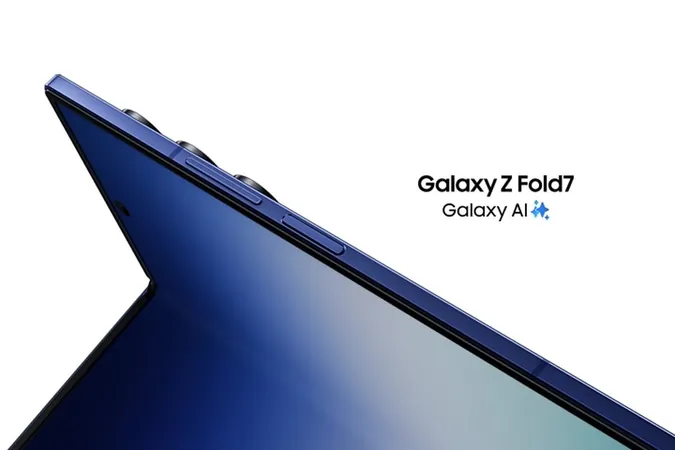
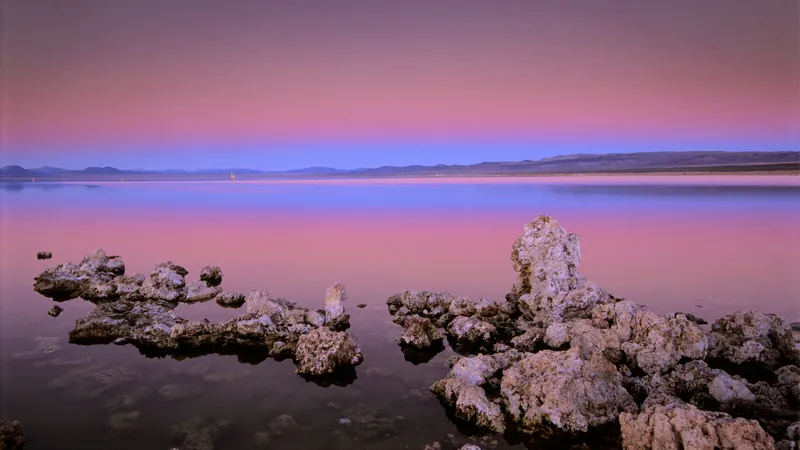
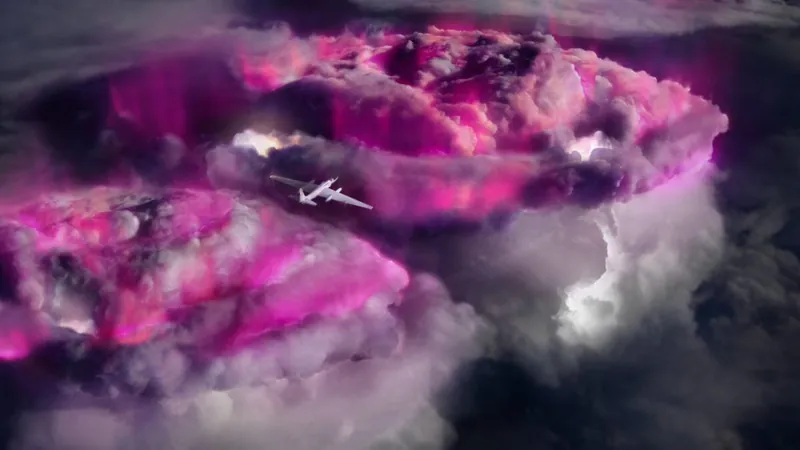
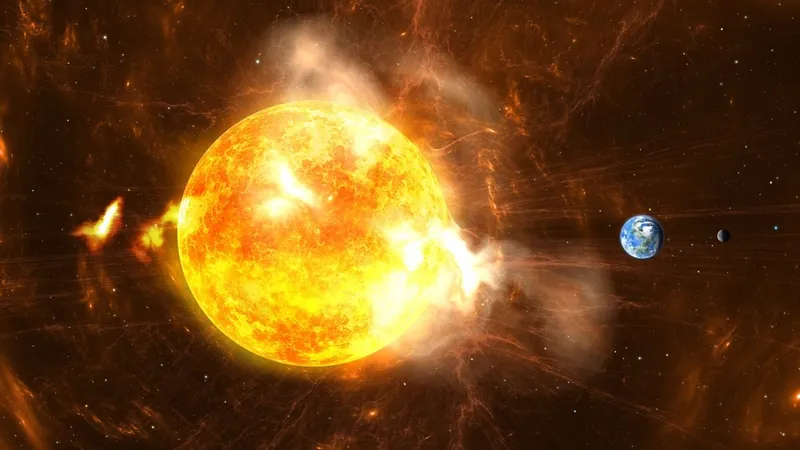

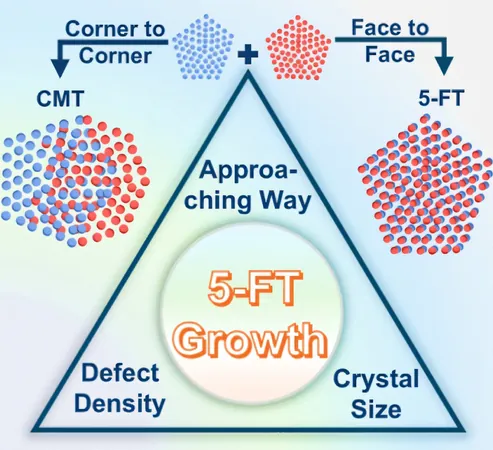
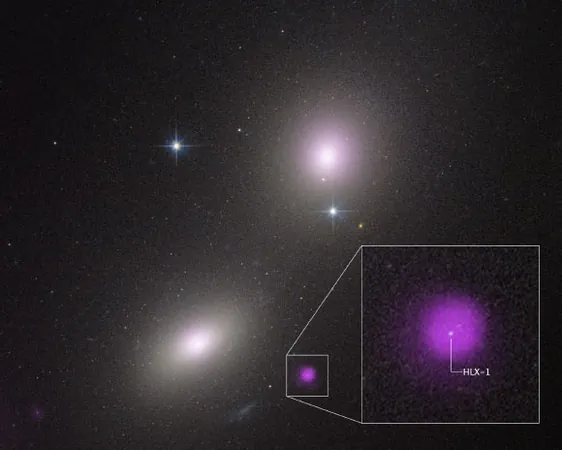


 Brasil (PT)
Brasil (PT)
 Canada (EN)
Canada (EN)
 Chile (ES)
Chile (ES)
 Česko (CS)
Česko (CS)
 대한민국 (KO)
대한민국 (KO)
 España (ES)
España (ES)
 France (FR)
France (FR)
 Hong Kong (EN)
Hong Kong (EN)
 Italia (IT)
Italia (IT)
 日本 (JA)
日本 (JA)
 Magyarország (HU)
Magyarország (HU)
 Norge (NO)
Norge (NO)
 Polska (PL)
Polska (PL)
 Schweiz (DE)
Schweiz (DE)
 Singapore (EN)
Singapore (EN)
 Sverige (SV)
Sverige (SV)
 Suomi (FI)
Suomi (FI)
 Türkiye (TR)
Türkiye (TR)
 الإمارات العربية المتحدة (AR)
الإمارات العربية المتحدة (AR)